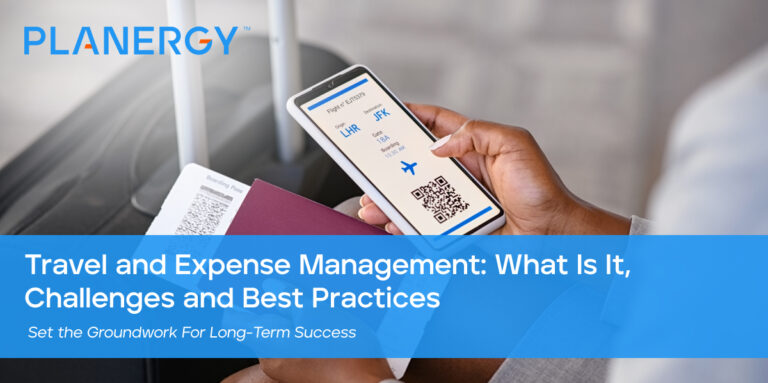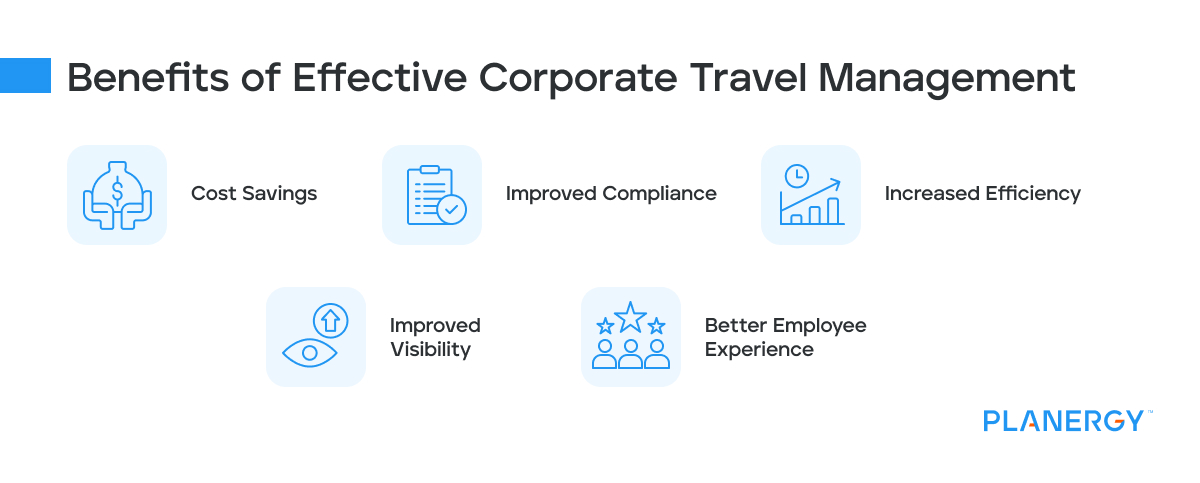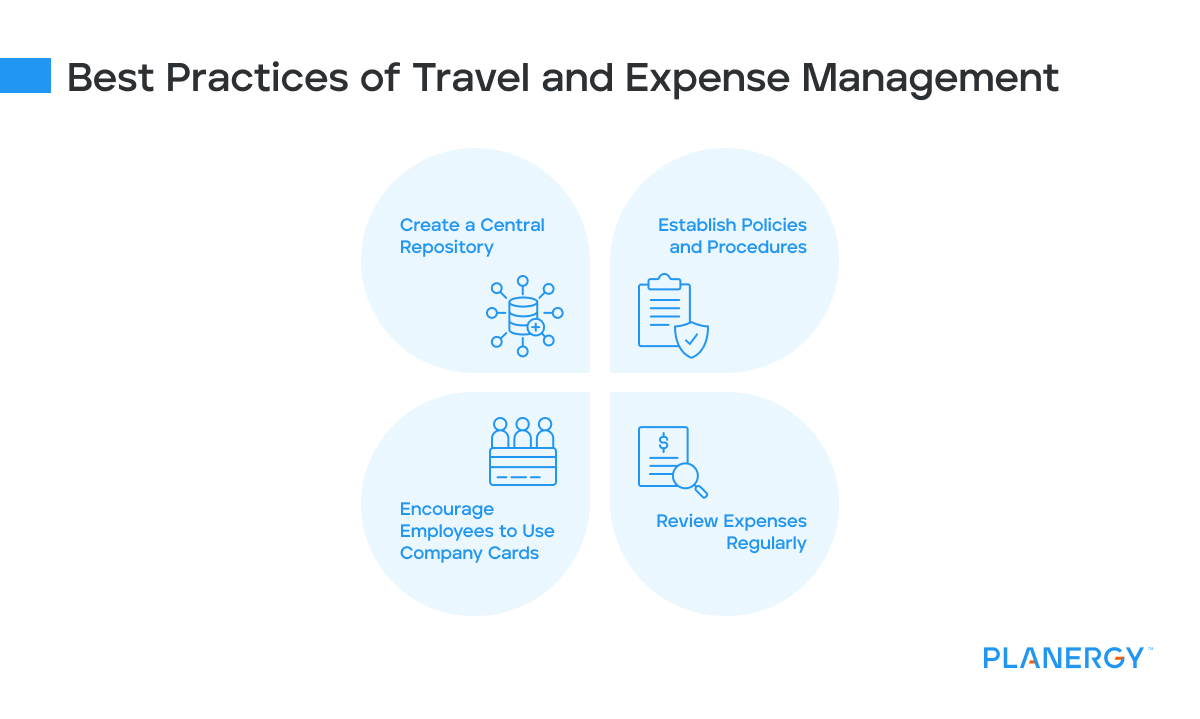-
Employee Resistance to Change
One of the most common challenges businesses face when implementing a new T&E management strategy is employee resistance to change.
Let’s face it—most people don’t like change, and when it comes to something as personal as travel plans, that resistance can be even greater.
The key to overcoming this challenge is communication.
When introducing a new T&E management system, take the time to explain why the change is necessary and how it will benefit both the employee and the company as a whole.
If possible, allow employees to test the new system before it’s fully implemented.
This will allow them to get comfortable with it and provide feedback that can be used to improve the system before it goes live.
-
Lack of Visibility Into Spend
Another big challenge businesses face when it comes to travel expense management is a lack of visibility into spend.
This can happen for many reasons, but the most common is simply not having an effective system to track employee spending.
Without visibility into spend, it’s very difficult to control costs.
You may be able to save some money here and there, but you’ll never get a true picture of where your money is going and how you can save more.
Implementing an automated travel and expense management solution is the best way to overcome this challenge.
With such a solution, you’ll always have visibility into employee spending, no matter where they are in the world, for more efficient spend management.
-
Manual Processes
Many small businesses have a limited technology budget, many rely on manual processes, specifically spreadsheets, to track their data.
In the beginning, spreadsheets may seem like an efficient way for finance teams to track employee spending, but they quickly become unmanageable as your business grows.
Not only that, but manually inputting data into spreadsheets is time-consuming and error prone.
The best way to overcome this challenge is to automate as much of the process as possible.
By implementing an automated travel and expense management solution with approval workflows, you’ll be able to eliminate manual processes and free up your employees’ time so they can focus on more important tasks.
-
Lack of Policy Enforcement
Another common challenge businesses face when managing travel and expenses is a lack of policy enforcement.
This can happen for several reasons, but the most common one is that businesses don’t have clear policies around expenses.
Without clear policies, employees are free to spend whatever they want, whenever they want, with no consequences.
This can quickly lead to uncontrolled spending, which can strain your business’s budget.
The best way to overcome this challenge is to create clear policies around travel and business expenses, including details about expense approval and the reimbursement process, and enforce them strictly.
Defining what can be an expense and what requires pre-approval as a purchase order will be an important part of any policy.
A separate purchase order policy can be defined for those scenarios.
By defining your policies, you’ll be able to control costs and keep your budget healthy.
-
Filing Expense Reports
Filing expense reports can be time-consuming and tedious—but it doesn’t have to be! With the right tools, you can automate the process so that all you have to do is snap a picture of your receipts, and they’ll be filed away automatically.
Using this approach creates a better user experience for everyone in the company.
-
Dealing with Reimbursements
If your company reimburses employees for their travel expenses, you’ll need a system to process those reimbursements quickly and efficiently.
Otherwise, employees may be left waiting weeks (or even months!) for their reimbursement check to arrive in the mail.
-
Fraud and Misuse
Fraud and misuse of travel and expense management systems can be a major issue for your company, and it can result in significant financial losses.
Employees can misuse company funds by submitting false expenses or using company funds fraudulently for personal trips.
To prevent fraud and misuse, organizations need to implement measures to detect and prevent fraudulent activities.
This includes audits, expense policy enforcement, employee training, and automated systems to flag potentially fraudulent expenses.
It is also important to have clear policies regarding the use of company funds and to communicate them effectively to all employees.
-
Integration with Other Systems
Travel and expense management systems must integrate with other systems, such as your ERP, accounting and payroll, to ensure accurate and timely expense reporting and reimbursement.
Integration with other systems can help reduce errors and increase efficiency by automating data transfer between systems.
This can include automatically generating invoices, updating accounting records, and processing payroll.
Integrating travel and expense management systems with other systems can also provide real-time insights into expense data, allowing organizations to identify trends and optimize spending.
-
Employee Satisfaction
While managing travel and expenses, it is essential to ensure that employees are satisfied and engaged with the process.
Lengthy approval processes, delayed reimbursement, and unclear policies can lead to employee frustration and dissatisfaction.
This can ultimately impact employee productivity and engagement.
You must ensure that the travel and expense management process is user-friendly and easy to use.
This can include providing employees with clear policies and guidelines, using mobile apps for expense reporting, and streamlining the approval process.
Providing employees with real-time access to expense data can also help increase their satisfaction by giving them more control over their expenses and reducing delays in reimbursement.







